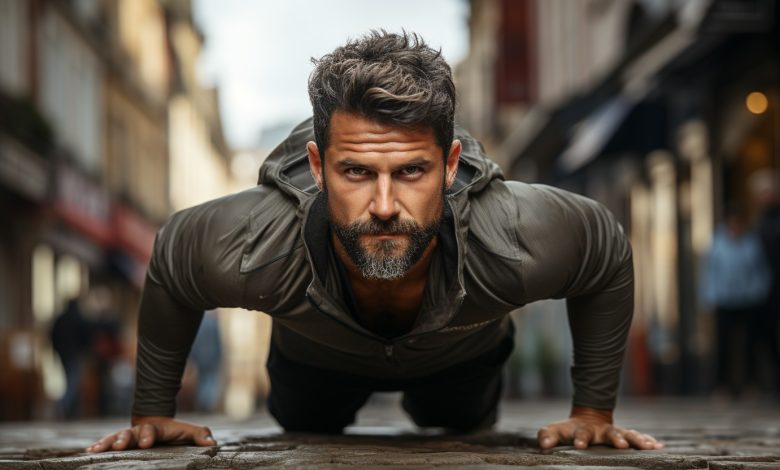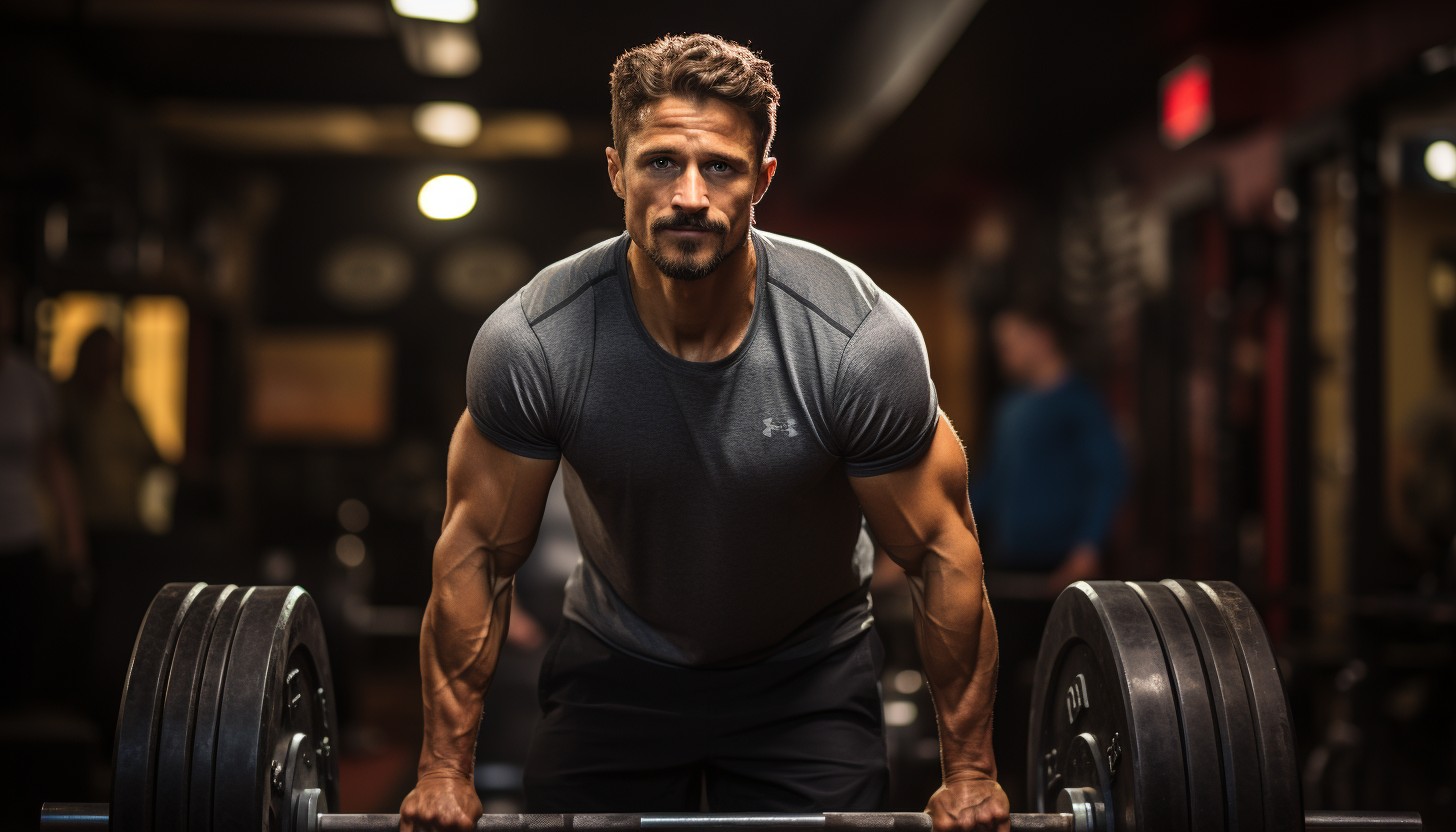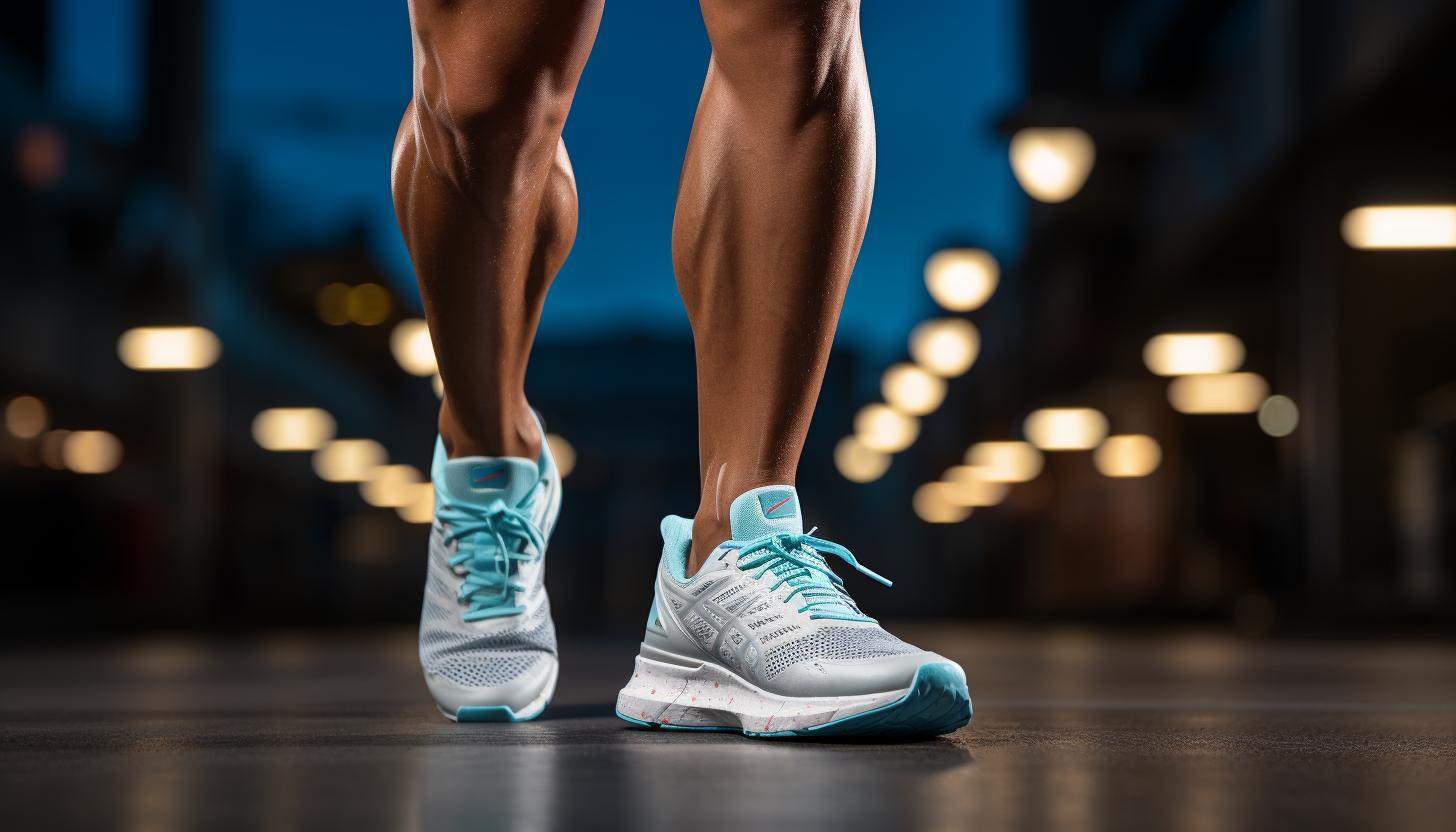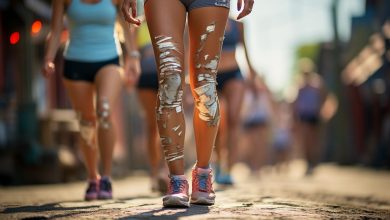Strength Training for Marathon Runners: Targeting Key Muscle Groups

Did you know that incorporating strength training into your marathon training can significantly improve your performance?
By targeting key muscle groups, such as the quadriceps, glutes, core, hamstrings, and calves, you can enhance your speed, endurance, and prevent injuries.
In this article, we will explore the importance of each muscle group and provide research-based exercises to help you optimize your marathon performance.
Get ready to take your running to the next level with targeted strength training!
The Importance of Strong Quadriceps

You’ll need strong quadriceps to power through the uphill sections of your marathon course. The quadriceps, located in the front of your thigh, play a crucial role in running mechanics. These muscles are responsible for extending your knee and propelling you forward with each stride. When they are weak or fatigued, it can lead to decreased performance and an increased risk of injury.
To strengthen your quadriceps for marathon running, there are several exercises you can incorporate into your training routine. One effective exercise is the squat. This compound movement targets not only the quadriceps but also other lower body muscles such as the glutes and hamstrings. Another great exercise is the lunge. Lunges work one leg at a time, allowing you to focus on each quad individually. Additionally, leg extensions can be beneficial for isolating and strengthening the quadriceps.
It’s important to note that proper form is essential when performing these exercises to maximize their effectiveness and minimize the risk of injury. Start with lighter weights and gradually increase as you build strength. Remember to listen to your body and rest when needed.
Developing Powerful Glutes for Marathon Performance

To boost your marathon performance, focus on developing strong glutes. Your glute muscles play a crucial role in running, providing power and stability to propel you forward. Incorporating glute activation exercises into your training routine can help improve your running efficiency and reduce the risk of injuries.
Strong glutes contribute to better running mechanics by improving hip extension and stabilization. Research has shown that runners with stronger glutes have increased stride length, which means covering more ground with each step. This translates to improved speed and endurance during long-distance runs.
One effective glute activation exercise is the hip bridge. Lie on your back with knees bent and feet flat on the floor, then raise your hips off the ground until they are aligned with your knees and shoulders. Squeeze your glutes at the top of the movement before slowly lowering back down.
Another beneficial exercise is the single-leg squat. Stand on one leg with the other leg extended in front of you, then lower yourself into a squat position while keeping your chest up and knee aligned over toes. Focus on engaging your glute muscles throughout the movement.
Strengthening the Core: Essential for Endurance

Strengthening your core is crucial for improving endurance and enhancing overall athletic performance. When it comes to marathon running, having a strong core can make a significant difference in your performance and help prevent injuries. Core stability exercises not only target the muscles in your abdomen, but also the muscles in your back, pelvis, and hips, which are essential for maintaining proper form and balance while running.
Benefits of core stability exercises for overall running performance include improved posture, increased power transfer from the lower body to the upper body, enhanced running efficiency, reduced risk of injury, and better overall running economy.
To effectively incorporate core strengthening into your marathon training plan, you can perform a variety of exercises that target different muscle groups within the core. Here is a table outlining some key exercises:
| Exercise | Muscle Group Targeted |
|---|---|
| Plank | Abdominals |
| Russian Twist | Obliques |
| Superman | Lower Back |
| Bicycle Crunch | Rectus Abdominis |
| Bridge | Glutes |
Building Strong Hamstrings for Injury Prevention

If you neglect your hamstrings during your workouts, the risk of injury can increase significantly. Your hamstrings play a crucial role in stabilizing your knee and hip joints, as well as helping to absorb shock while running. To prevent injuries and improve performance, it is important to incorporate hamstring exercises into your strength training routine.
Here are five effective hamstring exercises for injury prevention:
– Romanian Deadlifts: This exercise targets the hamstrings and glutes by hinging at the hips with a barbell or dumbbells.
– Glute-Ham Raises: This exercise specifically targets the hamstrings by using a glute-ham machine or stability ball to perform controlled eccentric and concentric movements.
– Single-Leg Deadlifts: By performing this exercise on one leg, you challenge your balance while targeting the hamstrings and glutes.
– Hamstring Curls: Use a machine or resistance bands to curl your legs towards your buttocks, effectively targeting the hamstrings.
– Swiss Ball Leg Curls: Place your feet on a Swiss ball while lying on your back and use your hamstrings to pull the ball towards you.
Incorporating these exercises into your training program can help strengthen and protect your hamstring muscles, reducing the risk of injury during running activities.
Targeting the Calf Muscles for Speed and Efficiency

Get the most out of your runs by focusing on your calf muscles, as they play a crucial role in providing speed and efficiency. Strong calves are essential for runners because they help propel you forward and absorb shock while running. By incorporating targeted calf muscle exercises into your training routine, you can improve your overall performance and reduce the risk of injury.
One effective exercise to strengthen your calf muscles is the calf raise. Stand with the balls of your feet on an elevated surface, such as a step or curb. Slowly raise up onto your toes, then lower back down with control. Aim for three sets of 12-15 repetitions.
Another great exercise is skipping rope. Not only does it engage your calf muscles, but it also improves coordination and cardiovascular fitness. Start by jumping rope for 30 seconds at a time, gradually increasing the duration as you get more comfortable.
The benefits of strong calves in running extend beyond just speed and efficiency. They also provide stability to prevent ankle sprains and shin splints. Additionally, strong calves can improve posture and stride length, leading to better running mechanics overall.
Conclusion
In conclusion, incorporating strength training into your marathon preparation is vital for optimal performance and injury prevention.
Just like a well-oiled machine, strong quadriceps act as the engine that propels you forward, while powerful glutes provide the necessary power.
A stable and resilient core acts as the foundation for endurance, keeping you steady throughout the race.
Additionally, building strong hamstrings and targeting calf muscles will enhance speed and efficiency.
So lace up those running shoes and hit the gym to sculpt your body into a well-tuned marathon machine!






